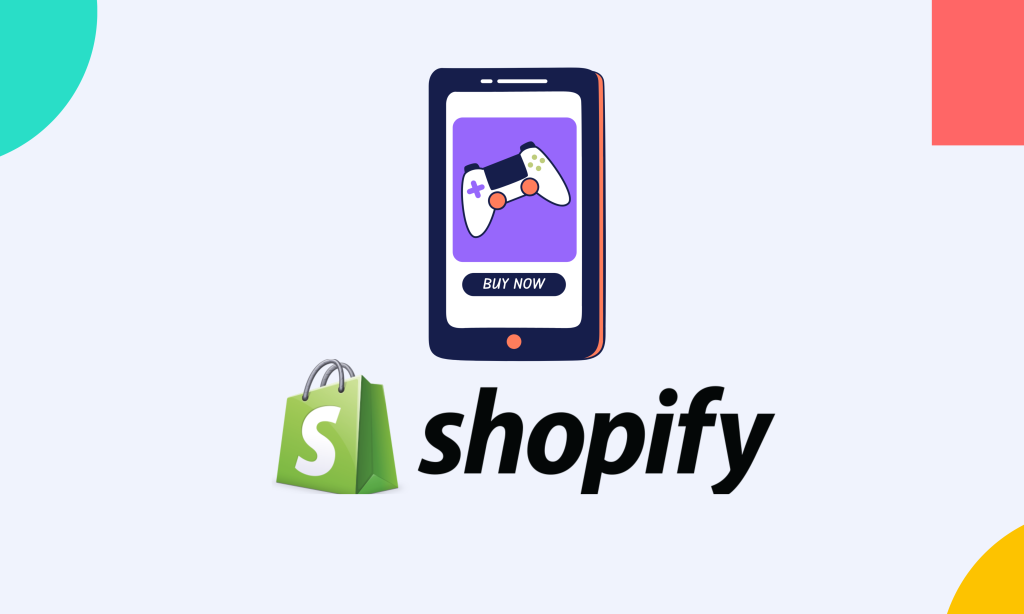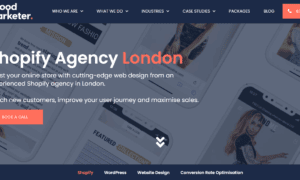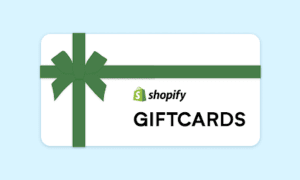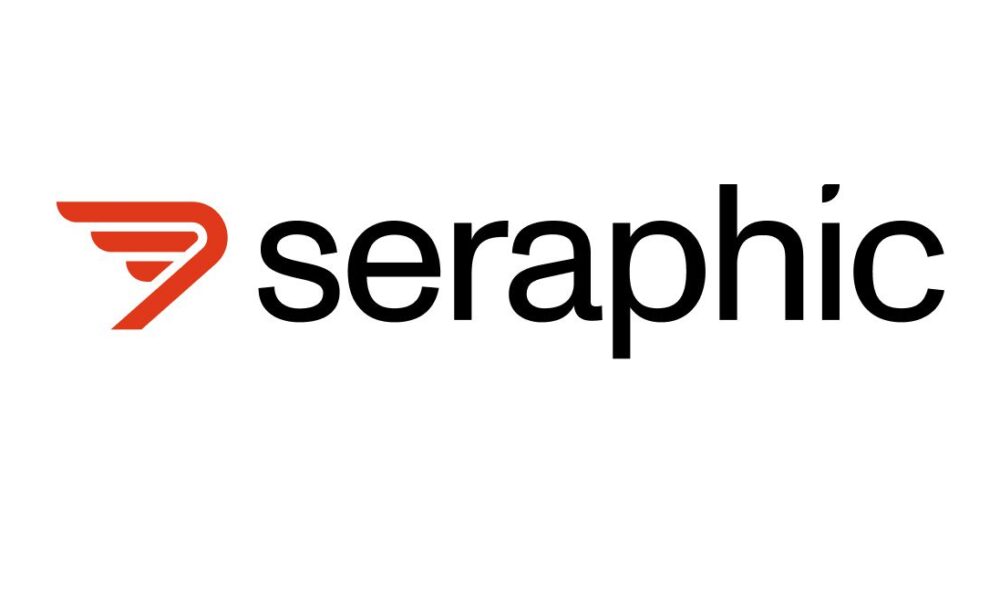Online shoppers are impatient. If they can’t find what they’re looking for in the first minute, they’re likely to leave. That’s where quizzes come in. By asking the right questions, you can guide visitors to the right products, gather valuable data, and create a more personal shopping experience all within a few clicks. Many successful brands use a Shopify quiz app to turn browsers into buyers, and passive traffic into qualified leads.
Quizzes are more than just a fun feature. They double as conversion tools and lead magnets, especially when paired with email marketing and product recommendations. When done well, they create a seamless experience that benefits both the customer and the business. Here’s how to build a quiz that works and how to make it part of a profitable strategy.
Match the Quiz to Your Brand and Product Type
Every quiz should start with a purpose. Are you helping customers find the right skincare product? Suggesting a fitness plan? Recommending a gift? Tailor your quiz around one clear goal that aligns with what you sell and how people shop your catalog.
Make sure the quiz experience reflects your brand. From tone of voice to imagery, it should feel like a natural extension of your store. A playful brand can use humor and casual phrasing. A premium brand may opt for clean design and more refined language.
Don’t overwhelm the user. Keep the quiz focused. Five to seven questions is often the sweet spot. Ask only what you need to make a smart recommendation. The quicker and smoother the experience, the more likely users will finish it and convert.
Use Smart Questions to Gather Useful Data
Each quiz question should serve a purpose. Go beyond just preferences. Ask questions that reveal habits, priorities, or challenges. This helps you match customers with the right product and gives you valuable insights for future marketing.
For example, a supplement brand might ask about energy levels or sleep quality. A fashion store could ask about style icons or preferred fits. These details don’t just guide product suggestions, they also enrich your CRM for segmented email campaigns.
Multiple-choice works best. It’s fast to answer and easy to automate. Keep options clear, avoid overlap, and use logic jumps when appropriate. This allows the quiz to skip or change questions based on earlier responses, making the experience more relevant.
Recommend Products That Actually Convert
The product recommendation at the end of the quiz is the real payoff. This is where the quiz shifts from a data collection tool to a sales engine. But the recommendation must be credible and tailored.
Don’t offer random or generic results. Use the answers to filter products based on attributes like skin type, use case, size, or budget. Include persuasive copy with each suggestion, like why it’s a good match, key features, and customer testimonials if available.
Consider showing two or three product options instead of just one. This gives the customer some flexibility while keeping the focus narrow. Add an “Add to Cart” or “Shop Now” button to reduce friction and shorten the path to purchase.
Turn Quiz Results Into High-Value Leads
Before revealing the results, prompt users to enter their email address. This is where the quiz becomes a lead magnet. When framed properly, most users will share their email to get personalized results, especially if the value is clear.
Use this opt-in to build your mailing list, then follow up with tailored content. Send a welcome email that includes their results and a product link. You can also create automated flows based on quiz answers. For example, someone who selects “dry skin” could receive a three-part email series on hydration tips and related products.
Make sure to stay compliant with privacy and data collection laws. Keep your messaging clear, and always give users control over how their information is used.
Analyze Performance and Optimize Continuously
Once your quiz is live, monitor how it performs. Track metrics like quiz completion rate, email opt-ins, click-through on results, and sales conversions. These numbers reveal what’s working and what needs adjustment.
If people are dropping off after the third question, consider shortening the quiz or reworking that question. If opt-in rates are low, try repositioning the email prompt or offering an incentive like a discount or free guide.
Run A/B tests on quiz titles, question order, and product recommendation formats. Over time, small tweaks can lead to big improvements in performance and more revenue from the same amount of traffic.
Integrate Seamlessly Into the Store Experience
Don’t treat the quiz as a side feature. Make it part of the shopping journey. Add a quiz link to your homepage banner, product pages, or navigation bar. Use social media and paid ads to drive traffic directly to the quiz landing page.
Place it where it solves a problem. If a visitor doesn’t know which product to choose, the quiz should feel like a helping hand, not a sales pitch. Present it as a “Find Your Match” or “Take the Quiz” callout that’s positioned as value-first.
Integrate the quiz into your retargeting strategy, too. Visitors who start but don’t finish the quiz can be re-targeted with ads encouraging them to return. Those who complete it can receive tailored product recommendations through email or SMS follow-up.
A well-crafted quiz on Shopify drives engagement, builds trust, captures leads, and converts casual visitors into loyal customers. By focusing on quiz quality, user experience, and smart follow-up, you can turn this simple tool into one of your most powerful sales assets.



































